I have been reading through TI's reference material on constructing a current source.
http://www.ti.com/lit/an/sboa046/sboa046.pdf
In figure 52 there is a 150ohm resistor included between the output of the instrumentation amplifier and the input of the OPA633 op-amp.
I have seen this also done in some other circuits but don't understand why. What is the purpose of this resistor and how is its value decided.


